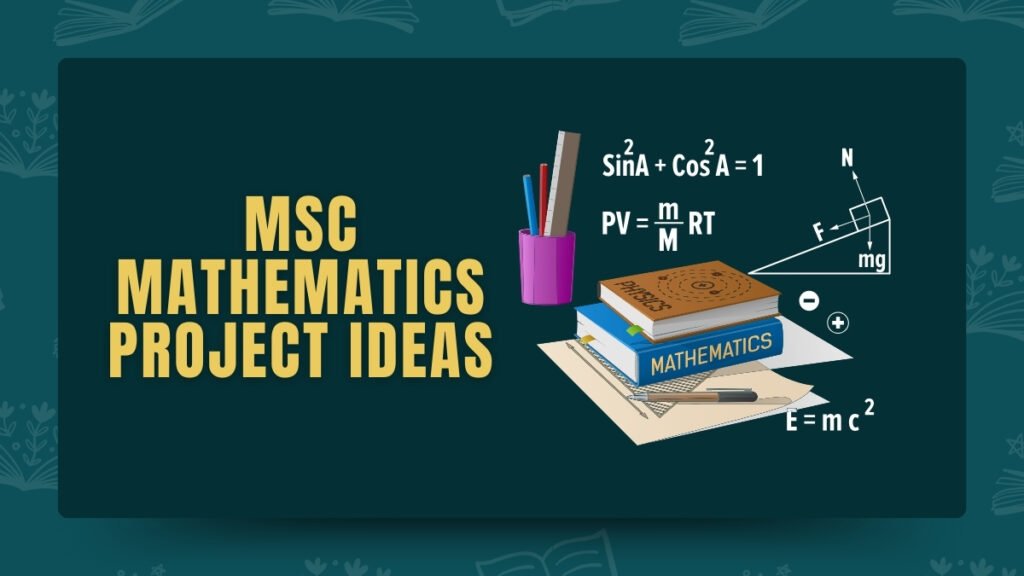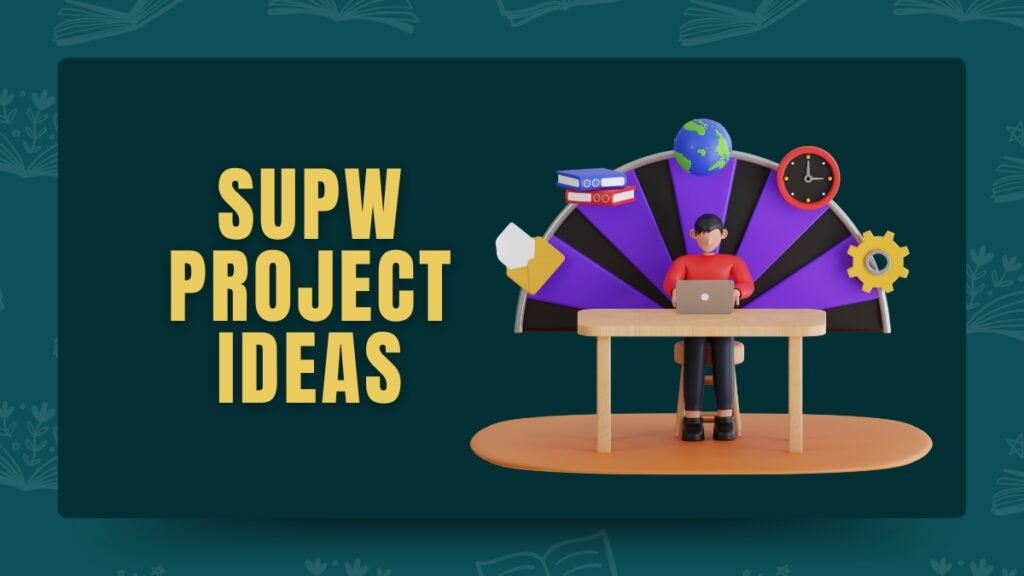Explore creative European Day of Languages project ideas! Discover engaging activities that celebrate linguistic diversity, enhance cultural understanding, and inspire students to embrace new languages. Perfect for classrooms and language enthusiasts!
Have you ever wondered why language learning is so important in today’s world? With more than 200 languages spoken in Europe alone, the European Day of Languages is a reminder of the continent’s rich linguistic diversity and the benefits of learning multiple languages.
Celebrated on September 26 every year, the European Day of Languages promotes language learning across Europe, encouraging people of all ages to take up new languages and explore different cultures.
In schools, students have an excellent opportunity to participate in fun and educational activities that emphasize the significance of language learning. Whether it’s through creative projects, interactive games, or cultural exchanges, this special day is packed with ways to celebrate languages and broaden students’ global perspectives.
From primary to high school students, engaging in language-related activities can be a fantastic way to sharpen communication skills, boost creativity, and foster a deeper understanding of different cultures.
In this blog, we’ll explore project ideas for the European Day of Languages, providing students and educators with a variety of fun and insightful activities to make this day memorable. We’ll also cover useful information, such as how language learning benefits students and ways to get everyone involved.
European Day Of Languages Project Ideas PDF
Why Celebrate the European Day of Languages?
Before we dive into the project ideas, let’s understand why this day matters. The European Day of Languages celebrates linguistic diversity and promotes language learning across Europe. Here are a few reasons why it’s celebrated:
| Benefit | Description |
|---|---|
| Cultural Understanding | Learning new languages fosters a deeper understanding of different cultures and traditions. It helps students appreciate diversity. |
| Cognitive Benefits | Language learning improves cognitive functions, like memory, problem-solving, and creativity. It enhances brain development and academic performance. |
| Global Opportunities | Speaking multiple languages opens doors to international career opportunities, travel experiences, and cross-cultural relationships. |
| Social Interaction | Engaging in language learning improves social skills, as it allows students to communicate with people from different linguistic backgrounds. |
Project Ideas for European Day of Languages
To celebrate the European Day of Languages, schools can organize a wide variety of activities that cater to students’ age groups and learning styles. Here are some project ideas that students can enjoy while learning about languages:
Language Flag Parade
A great way to kick off the European Day of Languages is with a Language Flag Parade. In this project:
- Students pick a European country and create flags that represent their chosen country.
- Each flag can have facts about the language(s) spoken in that country, including common phrases, greetings, and interesting words.
- Organize a school parade where students present their flags, wear traditional clothing, or showcase interesting facts about their chosen country’s language.
This activity not only introduces students to new languages but also allows them to explore European culture through its diverse languages.
Language Trivia Quiz
Hosting a language trivia quiz can be an entertaining and competitive way to get students involved:
- Prepare questions about the languages spoken in Europe. For example, ask questions like “Which country speaks Basque?” or “What’s the official language of Switzerland?”
- Divide the class into teams and allow them to compete in answering questions. You can even add visual elements like maps, flags, or short video clips.
- Include trivia about the most spoken languages, endangered languages, and fun language facts.
This project boosts students’ general knowledge and helps them understand how rich and diverse Europe’s linguistic landscape is.
Language Phrasebook Creation
A language phrasebook creation project can be a fantastic hands-on activity for students. In this project:
- Students select a European language and research basic phrases like greetings, common questions, or simple sentences (e.g., “Hello,” “Thank you,” “How are you?”).
- Have students compile these phrases into a small phrasebook, along with pronunciation guides and phonetic spellings.
- Encourage students to decorate their phrasebooks with drawings, country flags, or cultural icons from the regions where the language is spoken.
Not only will students gain language skills, but they’ll also have a creative project to take home and share with their families.
Cooking and Language Project
Students can combine their love of food with language learning in a cooking and language project. Here’s how it works:
- Students select a European country, research its traditional dishes, and then cook one dish at home or as part of a classroom activity.
- While preparing the dish, students also learn a few food-related words or phrases in the country’s language. For example, learning the French words for “bread” (pain) or “butter” (beurre).
- Students can create recipe cards in both their native language and the selected foreign language.
This project is great for hands-on learners and gives students a taste of both language and culture.
Language Exchange and Buddy Program
Setting up a language exchange or buddy program is a great way for students to practice a new language with their peers:
- Pair students who are learning different languages so they can help each other with conversation practice.
- Each pair can create a simple dialogue in their respective languages, teaching their partner basic words and phrases.
- They can perform a short role-play or skit in front of the class using the dialogues they’ve practiced.
This project encourages active communication and helps students gain confidence when speaking another language.
European Languages Cultural Fair
Organizing a European Languages Cultural Fair in the school is an exciting way for students to dive into language learning:
- Set up booths or stations for different countries, with each station highlighting a country’s language, traditions, food, music, and famous landmarks.
- Students can take turns visiting each station, learning new words in different languages, and collecting stamps or stickers on a language passport.
- At each booth, have interactive activities like trying traditional dances, listening to popular music in the language, or participating in language games.
A cultural fair helps students experience the diversity of Europe in a fun and immersive way.
Why Language Learning Matters for Students
Language learning isn’t just about acquiring a new skill. It has far-reaching benefits for students, especially in today’s globalized world. Here are some of the key benefits of language learning:
| Benefits | Description |
| Enhanced Communication | Learning a new language allows students to communicate with people from different linguistic backgrounds. |
| Cultural Awareness | Understanding the language helps students better appreciate and respect other cultures. |
| Improved Memory | Language learning sharpens memory, problem-solving abilities, and cognitive functions. |
| Career Opportunities | Being multilingual opens doors to international job markets and career advancement. |
| Boosts Confidence | Gaining language skills boosts self-confidence and encourages students to engage in conversations. |
How Teachers Can Make Language Learning Fun
To ensure that students are excited about language learning, teachers can use several creative strategies:
| Strategy | Description |
|---|---|
| Incorporate Technology | Use language apps, websites, and videos to make learning interactive. |
| Play Games | Language games like Bingo, Scrabble, or Pictionary in different languages can make lessons more engaging. |
| Group Projects | Assign group tasks that allow students to research, create, and present language-related projects together. |
| Music and Videos | Incorporate foreign-language music and videos to expose students to the language’s rhythm and tone in a fun way. |
| Pen Pal Programs | Connect students with peers in other countries through a pen pal program where they can exchange letters in different languages. |
50+ Best European Day Of Languages Project Ideas
Here are the best European Day Of Languages Project Ideas:
Language Art Projects
- Multilingual Art Wall: Students create posters featuring words from different languages with illustrations.
- Calligraphy Challenge: Learn how to write in scripts like Arabic, Chinese, or Cyrillic.
- Language Map Collage: Create a large map where students attach labels of countries and their official languages.
- Language Banners: Make banners of greetings in different languages and hang them around the school.
- Alphabet Artwork: Create artistic renditions of different alphabets (e.g., Greek, Hebrew).
Language Games and Competitions
- Language Scavenger Hunt: Hide clues around the school, each written in a different language, leading to a final treasure.
- Bingo in Multiple Languages: Play a game of bingo using words from various languages.
- Charades with Foreign Phrases: Act out common phrases in different languages for classmates to guess.
- Language Word Search: Create word searches using words from multiple languages.
- Language Crossword Puzzle: Design crossword puzzles where the clues are in one language, and the answers are in another.
Interactive Language Learning
- Multilingual Storytelling: Students read stories in their language and then translate them into another.
- Pen Pal Program: Set up a language exchange program with a school from another country.
- Language Learning Apps: Organize a session where students use apps like Duolingo or Memrise to learn the basics of a new language.
- Language Matching Game: Match countries with their languages or common phrases with translations.
- Create Flashcards: Students design flashcards with vocabulary words in different languages.
Cultural and Language Exploration
- Language Food Festival: Each student or group brings in a traditional dish from a European country, with the recipe written in the local language.
- Language and Music: Explore different music genres and songs from various countries, and learn some lyrics in their original language.
- Foreign Film Screening: Watch a foreign film with subtitles to introduce students to different languages.
- Traditional Dance Lessons: Learn traditional dances from various countries while incorporating some language learning.
- Language Fair: Set up booths representing different languages or countries where students can learn new words, try foods, or explore cultural artifacts.
Creative Language-Based Writing
- Multilingual Poetry: Write short poems in multiple languages or translate famous poems.
- Language Diaries: Keep a daily language journal where students write about their learning progress in a foreign language.
- Translation Challenge: Give students famous quotes or passages to translate from one language to another.
- International Penmanship Contest: Focus on neat handwriting in various scripts, such as Cyrillic, Greek, or Japanese.
- Writing Bilingual Stories: Have students write stories that include both their native language and a foreign language.
Technology and Language
- Language Blogs: Create a classroom blog where students post entries about what they’ve learned about different languages and cultures.
- Language Learning Videos: Record short videos where students teach basic phrases in different languages.
- Language Podcasts: Students create podcasts in which they discuss the importance of learning languages, or teach listeners new words and phrases.
- Online Language Quiz: Use platforms like Kahoot or Quizizz to create language-based quizzes for the whole class.
- Language Geography Game: Use Google Earth to explore countries and learn about the languages spoken there.
Group Projects and Presentations
- Language Skit: Students create and perform skits using basic phrases from different languages.
- Language Presentation: Each student or group picks a European language to research and gives a presentation on its history and culture.
- Language Flash Mob: Organize a flash mob where students sing a song in multiple languages.
- European Language History Timeline: Create a timeline of when various languages were first spoken in Europe.
- Language Debate: Hold a debate about the importance of learning a second language, with students presenting their arguments in multiple languages.
Art and Music Integration
- Sing in a New Language: Learn and perform a song in a different language, such as French, German, or Spanish.
- Create a Multilingual Songbook: Compile popular songs from different countries and include lyrics in both the original language and the students’ native language.
- Illustrate Multilingual Fairy Tales: Illustrate fairy tales from different cultures and write them in both the original language and English.
- Create Flags with Language Facts: Have students create flags of European countries and include language facts on each one.
- Language Doodles: Draw doodles that incorporate words from different languages.
Physical Language Activities
- Simon Says in Another Language: Play Simon Says but give commands in a foreign language.
- Language Relay Race: Create a relay race where students have to complete tasks or answer questions related to different languages before moving to the next station.
- Language Twister: Modify the classic game of Twister, replacing colors with basic vocabulary words from various languages.
- Foreign Language Obstacle Course: Set up an obstacle course where students need to translate a word or phrase before moving to the next stage.
- Multilingual Scavenger Hunt: Set up a scavenger hunt around the school where students must find objects based on foreign language clues.
Language and Geography Projects
- Create a Language Map of Europe: Make a large map where students label the countries and the languages spoken in each.
- World Language Bingo: Play a bingo game where students match countries to their official languages.
- Language Passport: Create a language passport where students collect stamps after completing language-related tasks.
- Create a European Language Timeline: Develop a timeline showing the historical development of European languages.
- Language Matching Game: Have students match countries with their official languages or famous sayings.
Language Fun with Crafts
- Language Origami: Write simple words in different languages on pieces of paper and fold them into origami shapes.
- Language-Themed Bookmarks: Students design bookmarks with useful foreign phrases or proverbs from different languages.
- Crafting Language Mobiles: Create mobiles where each hanging part represents a different European language or country.
- Create Language Puzzles: Design puzzles with words in different languages. The puzzle pieces can form sentences or phrases.
- Language Snowflakes: Make paper snowflakes with phrases or greetings in different languages written on them.
Online Learning and Research
- Language Learning Websites: Use websites like Duolingo, Memrise, or Babbel to practice a new language.
- Create a Language Website: Design a simple website where students share tips, facts, and resources about learning different languages.
- Research Language Facts: Have students research interesting facts about languages (e.g., the longest word in Finnish, or the number of dialects in Italy).
- Language Country Report: Each student creates a report on a country and its languages, including history and fun facts.
- Create Online Language Flashcards: Students can use apps like Quizlet to create and share foreign language flashcards.
Language Workshops
- Language Pronunciation Workshop: Have a workshop dedicated to learning how to properly pronounce difficult words in various languages.
- Cultural Dance Workshop: Combine language learning with a traditional dance workshop from different European countries.
- Language Taster Sessions: Organize mini workshops where students get a brief introduction to a new language.
- Language Presentation Workshop: Teach students how to introduce themselves in different languages and then present to the class.
- Cultural Craft Workshop: Hold a workshop where students create crafts from different countries and learn the relevant vocabulary.
Language Around the World Projects
- International Language Day Speech: Have students prepare and give a speech about the importance of learning languages around the world.
- Explore Endangered Languages: Research and present about languages that are in danger of becoming extinct.
- Language Family Tree: Create a family tree of languages, showing how they are related and where they originated.
- Global Language Facts Chart: Make a chart listing how many people speak each European language around the world.
- Global Language Quiz: Quiz students on the number of languages spoken in different countries and continents.
Ending Remarks
The European Day of Languages is a wonderful opportunity for students to explore new languages and cultures in a fun and engaging way. Through creative projects such as flag parades, trivia quizzes, phrasebook creation, and cultural fairs, students can dive into Europe’s rich linguistic diversity and gain valuable language skills.
In today’s interconnected world, language learning is more important than ever. It opens up opportunities for communication, understanding, and cultural appreciation, while also helping students develop critical thinking and cognitive abilities. By participating in these activities, students not only celebrate language diversity but also prepare themselves for a future where speaking multiple languages is a valuable asset.
So, as September 26 approaches, get ready to celebrate the beauty of languages and the connections they create across the world!
Adam Tesla is a creative thinker with 5 years of experience in providing unique and engaging project ideas across various categories and niches. His expertise lies in simplifying complex topics and presenting fresh, innovative concepts that inspire students, professionals, and entrepreneurs.


